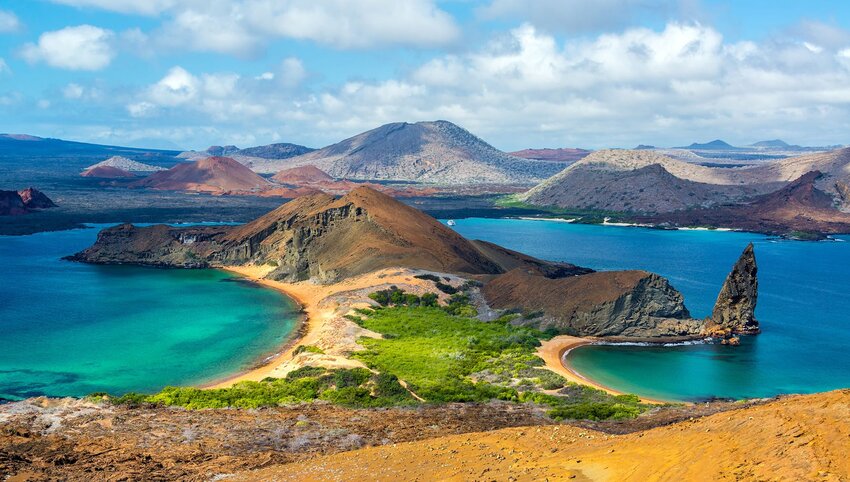Though there’s no shortage of incredible places to explore on the South American mainland, its islands are a must too. From palm-fringed hideaways scattered across the Caribbean coast to remote outposts in windswept Tierra del Fuego, these islands are as disparate as they are beautiful. Wherever your travels take you, these are some of the South American islands you need to see.
Easter Island - Chile
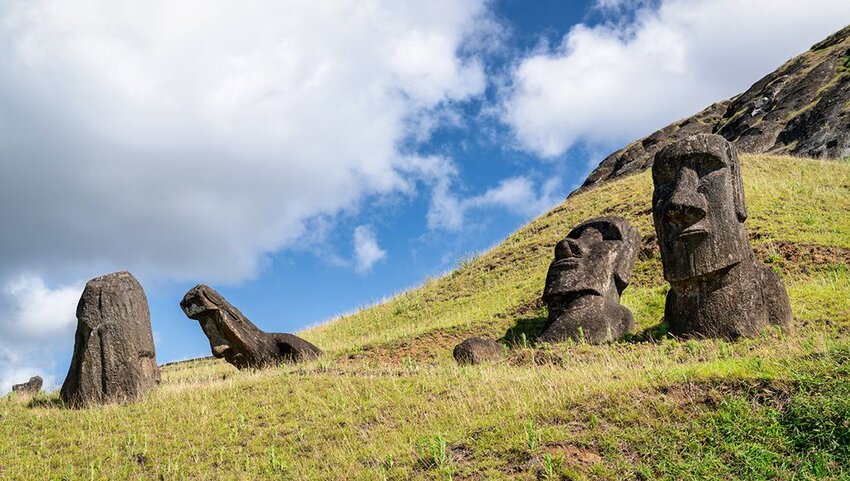
Easter Island (Rapa Nui) forms part of Polynesia but it’s also a Chilean territory despite being a five-hour flight from capital city Santiago. Nevertheless, the opportunity to see this island's famous moai in real life is more than worth the long journey. These enigmatic stone figures were hewn from tuff from the quarry at Rano Raraku. The rock is fragile, and according to ancient beliefs, if the moai broke while being carved, they would be abandoned in situ to appease the spirits. While the statues remain the island's top attraction, they are by no means its only draw. Tourists should also visit the extinct volcanic crater of Rano Kau. Measuring a mile across, its sides are covered in fig trees, bougainvillea, and vines, making it a breathtaking sight against the deep blue crater lake.
The Galapagos - Ecuador

This UNESCO-listed archipelago comprises 127 islands, though only four of them are inhabited. Formed over a volcanic hotspot, they’re also known as the “enchanted isles,” a nickname that dates from a 16th-century visit by the Spanish Archbishop of Panama. Their importance was cemented in 1835 when Charles Darwin crafted his Theory of Natural Selection following his intensive studies of the local flora and fauna. Today’s visitors can expect some world-class wildlife encounters. The Galapagos Islands are the only place in the Northern Hemisphere you’ll find penguins in the wild. They’re also home to curious-looking blue-footed boobies, marine iguanas, racer snakes, and giant tortoises.
Uros Islands - Peru

The indigenous Uros people make their home on a series of human-made islands on the Peruvian side of Lake Titicaca, the world’s highest navigable lake. These unusual islands – there are about 120 of them – are also referred to as the Islas Flotantes (Floating Islands) because they are solely made from totora reeds harvested from the lake. Strong, pliable, and waterproof, they are a cheap yet effective construction material. Layered thickly, the springy surface is safe to build homes on, though it’s a little disconcerting at first to walk around because the ground gives a little beneath your feet. The reeds are also used to make boats which the Uros use when out fishing and also to take tourists out for boat trips.
Isla del Sol - Bolivia

On the Bolivian side of Lake Titicaca, you'll find Isla del Sol. Alight at the ferry dock in Yumani and climb the restored Escalera del Inca. This stone staircase leads to a spring which, according to legend, bestows youthfulness on those who drink from it. You’ll also want to see the Inca ruins of Pilko Kaina, including the two-story Palacio del Inca, built by the emperor Túpac Inca Yupanqui. Farther north is a sacred stone and the Chincana labyrinth, which some believe was the birthplace of the first Incas. Aside from its religious mystique, this archaeological site enjoys a breathtaking outlook over the lake.
Ilha de Marajó - Brazil
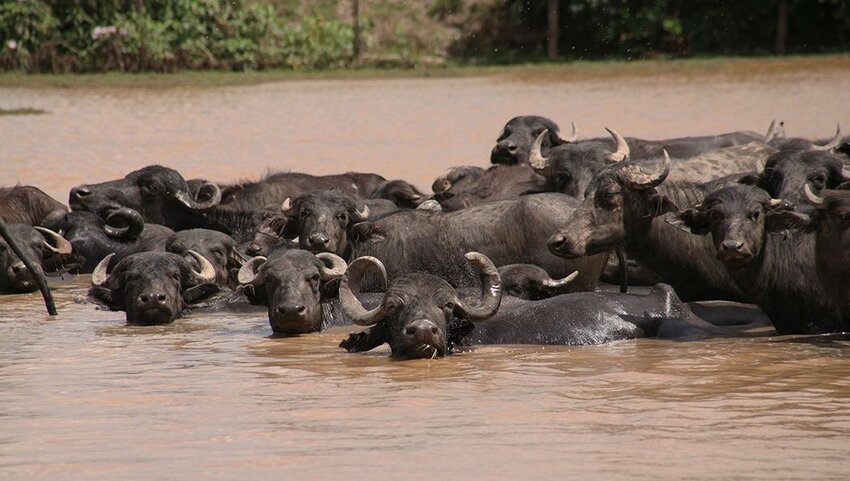
At its mouth, when measured from Cabo do Norte to Punto Patijoca, the Amazon River estuary is about 205 miles wide. Filling some of that space is Ilha de Marajó, the largest of the islands that occupy the channel. It covers an area much the same size as Switzerland and is home to a wide range of habitats, including mangroves, wetlands and sandy beaches, which accounts for its biodiversity. While you’ll quickly spot water buffalo grazing in shallow streams, you might need to look a little harder for capybara, squirrel monkeys, and wild boars. Stay on a large farm known as a fazenda and explore on foot or on horseback, or jump in a canoe in search of stingrays and electric eels.
Isla de los Lobos - Argentina
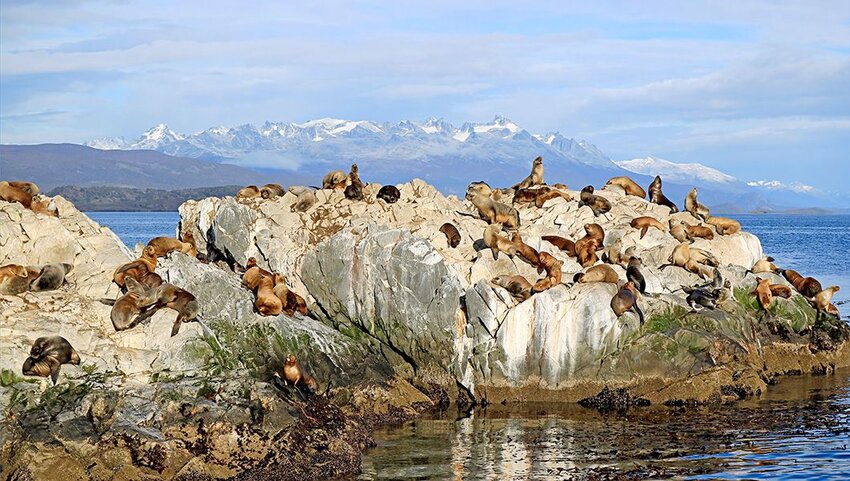
Isla de los Lobos draws intrepid wildlife spotters to the Beagle Channel in the southernmost reaches of the continent. The sea lions which lend the island its name can be found in significant numbers here, along with a sizeable colony of fur seals. Their grunting, barking, and jostling for position is a compelling sight. Meanwhile, seabirds such as cormorants, gulls, skuas, and albatrosses circle overhead and perch on the rocks. Sightseeing boats depart regularly from the Argentinian city of Ushuaia and take in other landmarks such as Les Eclaireurs lighthouse, where the stricken MV Monte Cervantes came to grief in 1930.
Isla Gorgona - Colombia
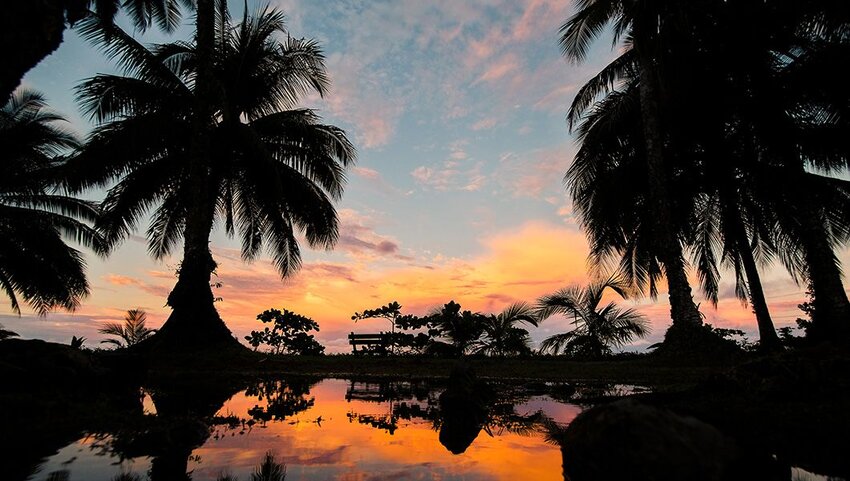
Isla Gorgona and its neighbor Gorganilla make up the Gorgona National Natural Park. The unusual name comes from the Gorgons of Greek mythology, Francisco Pizarro’s reference to the many snakes his European adventurers found when they set foot here in 1527. For a time, Gorgona was used as a prison, but when it closed in 1984, the island was reimagined for ecotourism. It’s not currently possible to stay overnight, but day visitors flock here for its snorkeling and diving. Whale sharks, manta rays, and reef sharks are spotted year-round while in summer, you might see migratory humpbacks. On land, the flora and fauna are equally impressive; keep your eyes peeled for sloths, land snails, blue lizards, freshwater crabs, and of course those infamous snakes.

